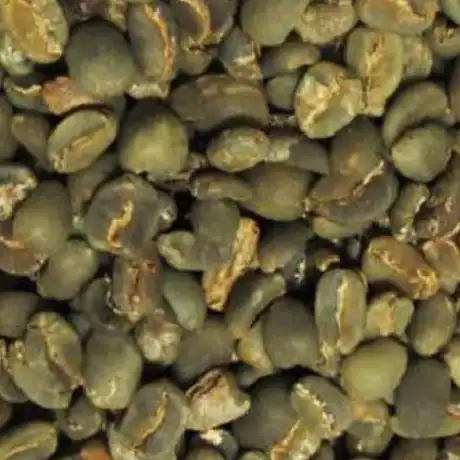Ever had a cup of coffee so good, it made you stop mid-sentence? Maybe it smelled like warm caramel, tasted like ripe berries, and somehow felt like a hug in a mug. That’s not your average coffee—welcome to the 3rd wave of coffee.
If you’ve been wondering why your local coffee shop suddenly talks about origin, roast profiles, and “single-origin Ethiopian Yirgacheffe,” you’re not alone. The 3rd wave of coffee is changing how we experience our daily brew—and it’s not just a trend. It’s a full-blown coffee revolution that’s all about quality, sustainability, and connection.
Let’s dive into what the 3rd wave of coffee really means and how it’s reshaping everything from your morning cup to the global supply chain.
What Is the 3rd Wave of Coffee, Really?

Imagine coffee evolving like music. The first wave was like old-school radio—mass-produced, generic, just something in the background. Think canned coffee, instant brews, and convenience over taste.
The second wave brought the Starbucks era. It made coffee “cool” again—custom orders, espresso drinks, and the café culture. But still, it was more about the brand than the bean.
Then came the 3rd wave.
Coined by Trish Rothgeb in the early 2000s, the 3rd wave of coffee is all about celebrating coffee as an artisanal product—like wine or craft beer. It’s about recognizing the farmer, understanding the origin, and brewing with purpose.
In this wave, coffee isn’t just consumed. It’s appreciated.
Want to experience this yourself? Explore Sumatra coffee taste characteristics and discover how terroir impacts every cup.
The 4 Essentials That Define the 3rd Wave of Coffee

1. Direct Trade & Farmer Relationships
Forget the middlemen. Direct trade is the backbone of the 3rd wave. Roasters now work hand-in-hand with farmers, paying them fair premiums and fostering long-term partnerships.
This results in:
- Better income for growers
- Higher-quality beans
- More transparency and sustainability
Take a deeper look at how intercropping practices are part of sustainable coffee farming today.
2. Light Roast, Full Flavor
Gone are the days of burnt, oily beans. The 3rd wave favors light roasts that bring out the bean’s natural flavor notes—floral, fruity, chocolatey, even spicy.
Why? Because lighter roasts let the origin shine. Every sip tells a story of where the bean came from, how it was grown, and who grew it.
Curious about brewing techniques that preserve flavor? Learn more about the perfect coffee ratio with a French press.
3. Precision Brewing Methods
Third-wave coffee isn’t just about what you brew—it’s how you brew it. Say hello to:
- Pour-over
- Aeropress
- French press
- Siphon
- Cold brew
Each method is chosen to highlight different flavor profiles, aromas, and mouthfeels.
If you’re new to brewing, start with our guide to pour-over coffee or explore how to make your coffee taste better than a coffee shop.
4. Transparency & Origin Info
Ever seen a coffee bag that lists the farm, altitude, and processing method? That’s not marketing fluff—it’s transparency. It’s knowing your beans came from a co-op in Aceh Gayo at 1,600 meters and were honey-processed by local farmers.
This shift helps:
- Support ethical sourcing
- Create consumer trust
- Elevate the appreciation of coffee as craft
Want to start sourcing like a pro? Check out how to choose the best Aceh Gayo green coffee beans.
Why the 3rd Wave Matters—To You and the Planet
This isn’t just about fancier coffee. It’s about reshaping the coffee industry for the better:
- Ethically: Farmers are paid what they deserve.
- Environmentally: Sustainable practices take priority.
- Socially: You, the drinker, become part of a conscious community.
And yes, it tastes infinitely better.
Ready to level up your own brew? Learn how to store coffee beans for maximum freshness and aroma longevity.
The Future Is Brewed Differently
Coffee is no longer just a morning ritual. It’s a movement.
The 3rd wave of coffee has given us more than delicious brews—it’s given us connection. To origin. To craftsmanship. To the people behind every bean.
If you haven’t tasted a cup that truly speaks to you yet, maybe it’s time to switch waves.
Explore the world of Indonesian specialty green coffee and let your next sip be part of something bigger.
Final Sip: What Wave Are You On?
Are you still riding the second wave, or are you ready to join the third?
Leave the burnt beans behind. Ask your barista where the coffee came from. Try a pour-over. Taste the difference.
Your taste buds—and the farmers behind your brew—will thank you.





